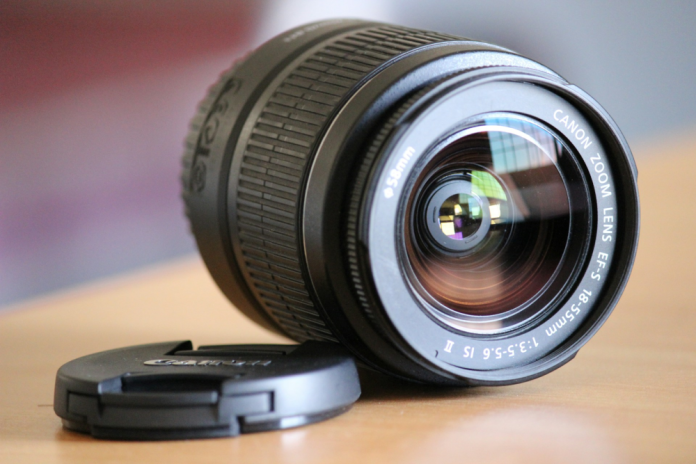For many photographers, the first step into the world of interchangeable lens cameras comes with a kit lens. These lenses—most often an 18–55mm f/3.5–5.6 on APS-C cameras or a 24–105mm f/3.5–5.6 on full-frame systems—are bundled with new cameras because they’re lightweight, versatile, and inexpensive. They’re designed to give beginners a taste of photography without demanding a steep investment.
But as you progress, you might notice frustrations creeping in. Images that look dull in low light, portraits that don’t quite achieve the creamy background blur you imagined, or shots that seem softer than expected at the edges—all of these are common hurdles with a kit lens. The truth is, these lenses are a compromise between affordability and performance, and knowing their limitations is key to using them effectively.
This doesn’t mean you should ditch your kit lens right away…
In fact, learning to work around its constraints is one of the best ways to grow as a photographer. In this article, we’ll explore the most common kit lens limitations, practical workarounds you can use today, and when it makes sense to look at upgrades. Along the way, I’ll share personal insights from my own experience starting with lenses like the Canon EF-S 18–55mm f/3.5–5.6 and Nikon AF-P DX 18–55mm f/3.5–5.6, and how they shaped my approach to photography.
Table of Contents
- What is a Kit Lens?
- Limitation: Low Light Performance
- Limitation: Limited Depth of Field Control
- Limitation: Softness and Distortion at the Edges
- Limitation: Slow Autofocus and Build Quality
- Limitation: Limited Creative Range
- Pricing and Value: Are Kit Lenses Worth It?
- When (and Why) to Upgrade from a Kit Lens
- Making the Most of What You Have
- FAQ
What is a Kit Lens?
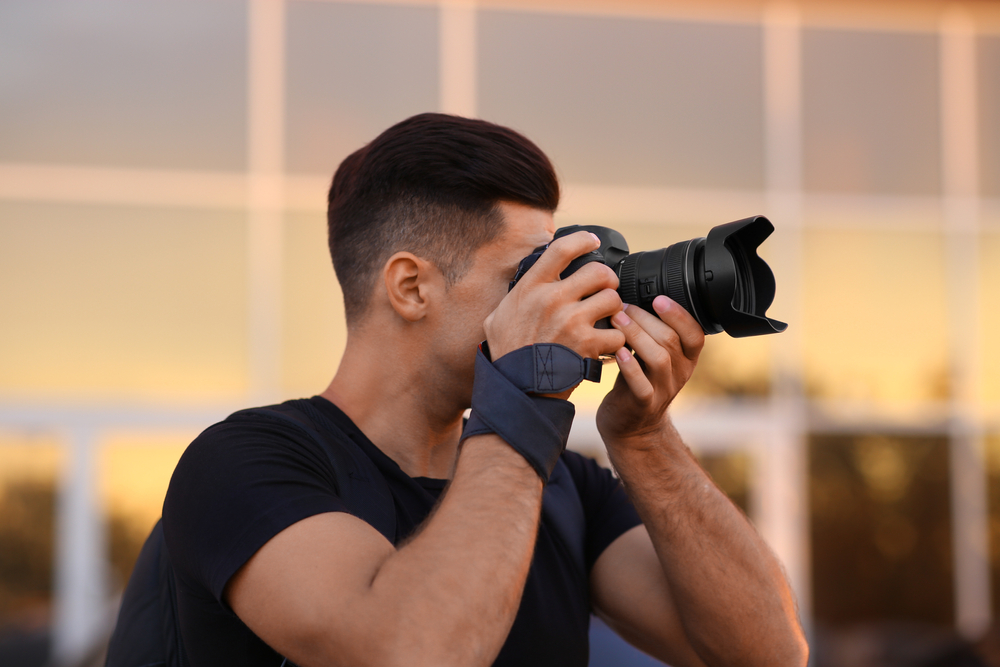
Photo by New Africa via Shutterstock
A kit lens is typically the standard zoom bundled with a new camera. For APS-C cameras, that’s usually something like an 18–55mm f/3.5–5.6. For full-frame cameras, it might be a 24–105mm or 28–70mm with a variable aperture. These lenses cover a practical zoom range that allows you to shoot landscapes, portraits, and everyday scenes without switching glass.
The strength of a kit lens lies in its flexibility. It’s small and lightweight, which makes it a great travel companion. It also offers a wide-enough field of view at the short end for landscapes, while the telephoto end provides a bit of reach for tighter shots. For beginners, it’s an excellent tool to experiment with composition and learn the fundamentals of exposure.
However, the design of a kit lens is driven by affordability rather than optical excellence. To keep costs low, manufacturers make compromises in aperture size, build materials, and optical coatings. This is why photographers often outgrow them once they begin to explore more specialized genres like portraiture, sports, or low-light photography. Knowing what your kit lens can and can’t do is essential for deciding whether to stick with it or move on to something else.
Limitation: Low Light Performance
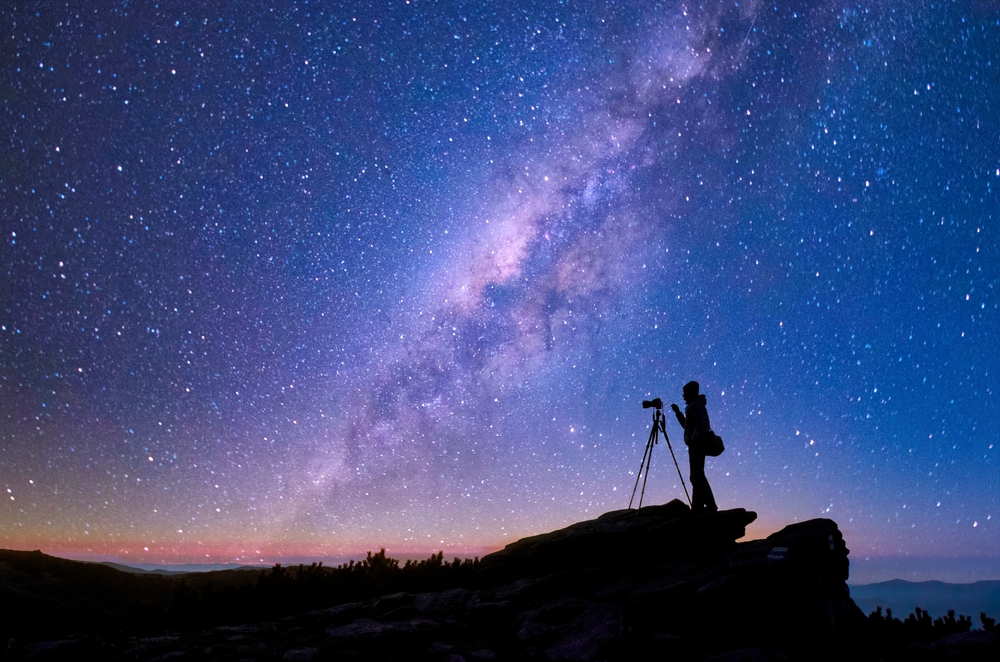
Photo by Mny-Jhee via Shutterstock
One of the first frustrations photographers run into with a kit lens is shooting in low light. With a maximum aperture of f/3.5 at the wide end and f/5.6 at the telephoto end, these lenses simply don’t let in much light compared to prime lenses like the Canon EF 50mm f/1.8 STM or Nikon 50mm f/1.8G. That means slower shutter speeds, higher ISO settings, and often blurrier or noisier images.
For example, when shooting indoors at night, you might find yourself pushing your ISO up to 3200 or higher just to get a usable shot. The noise can quickly overwhelm fine details, especially on entry-level cameras with smaller sensors. This is why many beginners wonder why their photos don’t look as crisp as what they see from others online.
There are workarounds, though. A tripod is one of the simplest tools to combat low-light struggles. By stabilizing your camera, you can shoot at slower shutter speeds without introducing blur from hand shake. Learning to use bounce flash or even a simple LED light panel can also make a dramatic difference. And while high ISO introduces grain, modern editing software like Lightroom has excellent noise reduction tools that can rescue images taken in poor lighting conditions.
Limitation: Limited Depth of Field Control
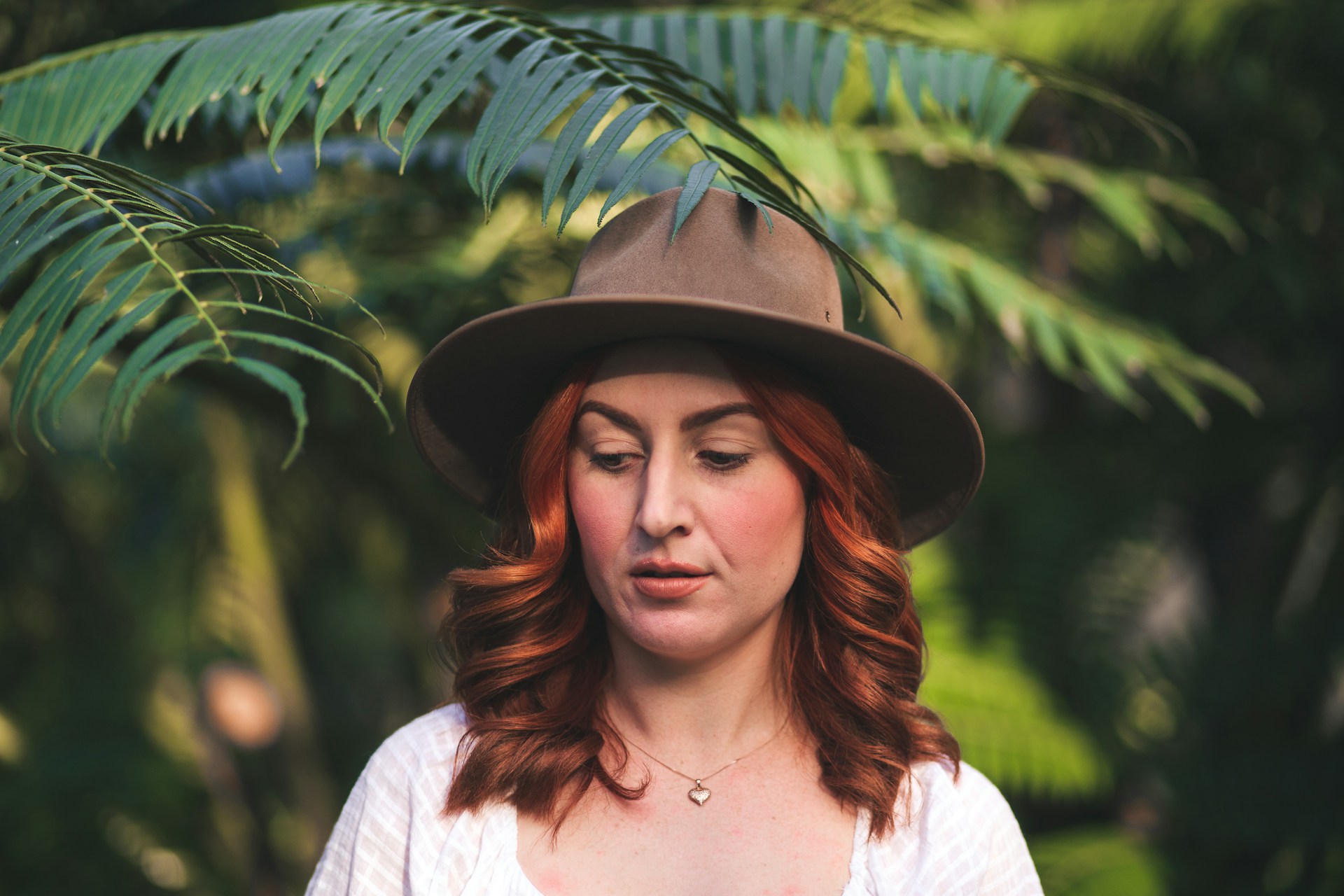
Photo by Benny Hassum on Unsplash (license)
One of the hallmarks of professional-looking photography is subject isolation—sharp subjects against beautifully blurred backgrounds (as shown above). A kit lens, with its relatively small maximum aperture, doesn’t produce the same shallow depth of field as fast primes. Shooting a portrait at f/5.6 simply won’t deliver the creamy bokeh that an f/1.8 lens provides.
That said, you can still achieve subject separation with a kit lens if you understand how depth of field works. Zooming in to the telephoto end of the lens, stepping closer to your subject, and positioning them several feet away from the background can create more blur than you might expect. I’ve taken some surprisingly nice portraits at 55mm with an 18–55mm kit lens just by maximizing these factors.
Another trick is to use your environment. Shooting against a background with natural separation—like open space, trees, or even a wall with texture—can give the illusion of greater subject emphasis. And while the bokeh won’t rival a prime lens, thoughtful lighting and composition can still make your portraits compelling.
Limitation: Softness and Distortion at the Edges
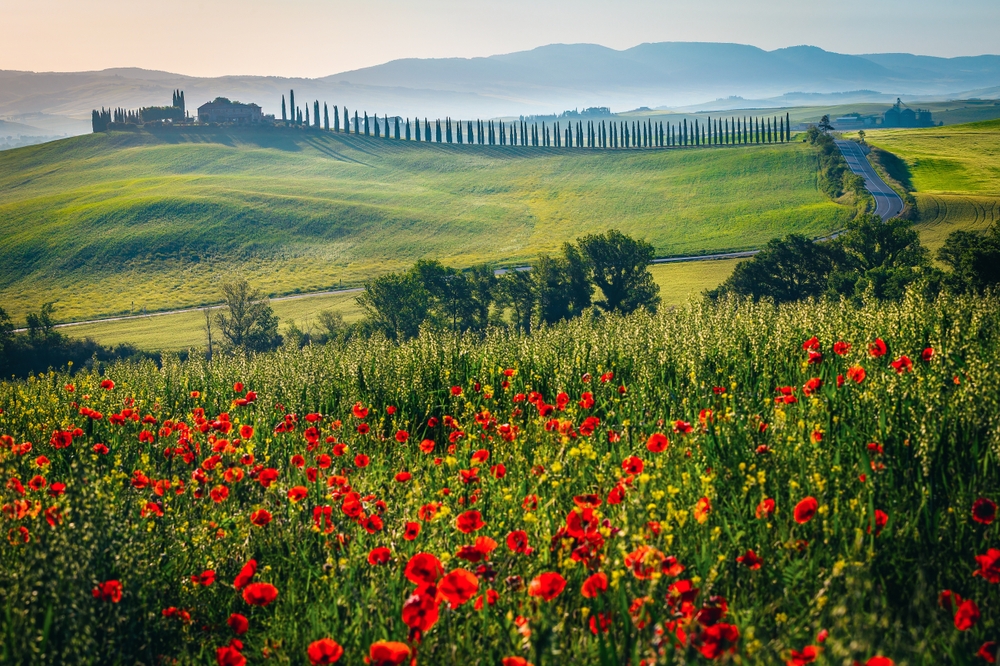
Photo by Gaspar Janos via Shutterstock
Another limitation many beginners notice is that kit lenses often lack sharpness, particularly at the edges of the frame. Wide shots of landscapes may look sharp in the middle but soft toward the corners. Distortion and vignetting are also common, especially at the wide end around 18mm.
This isn’t unique to kit lenses—it’s a trade-off in many zoom designs—but it’s more pronounced in budget optics. For example, the Nikon AF-P 18–55mm shows noticeable barrel distortion at 18mm, which can make straight lines appear curved. While this may frustrate those photographing architecture, it’s not the end of the world.
Workarounds include stopping the aperture down to f/8 or f/11, where sharpness across the frame improves significantly. In fact, landscape photographers often use these apertures anyway for greater depth of field. Editing software also makes correcting distortion and vignetting a breeze, with many programs offering lens-specific correction profiles that automatically adjust your images.
Limitation: Slow Autofocus and Build Quality
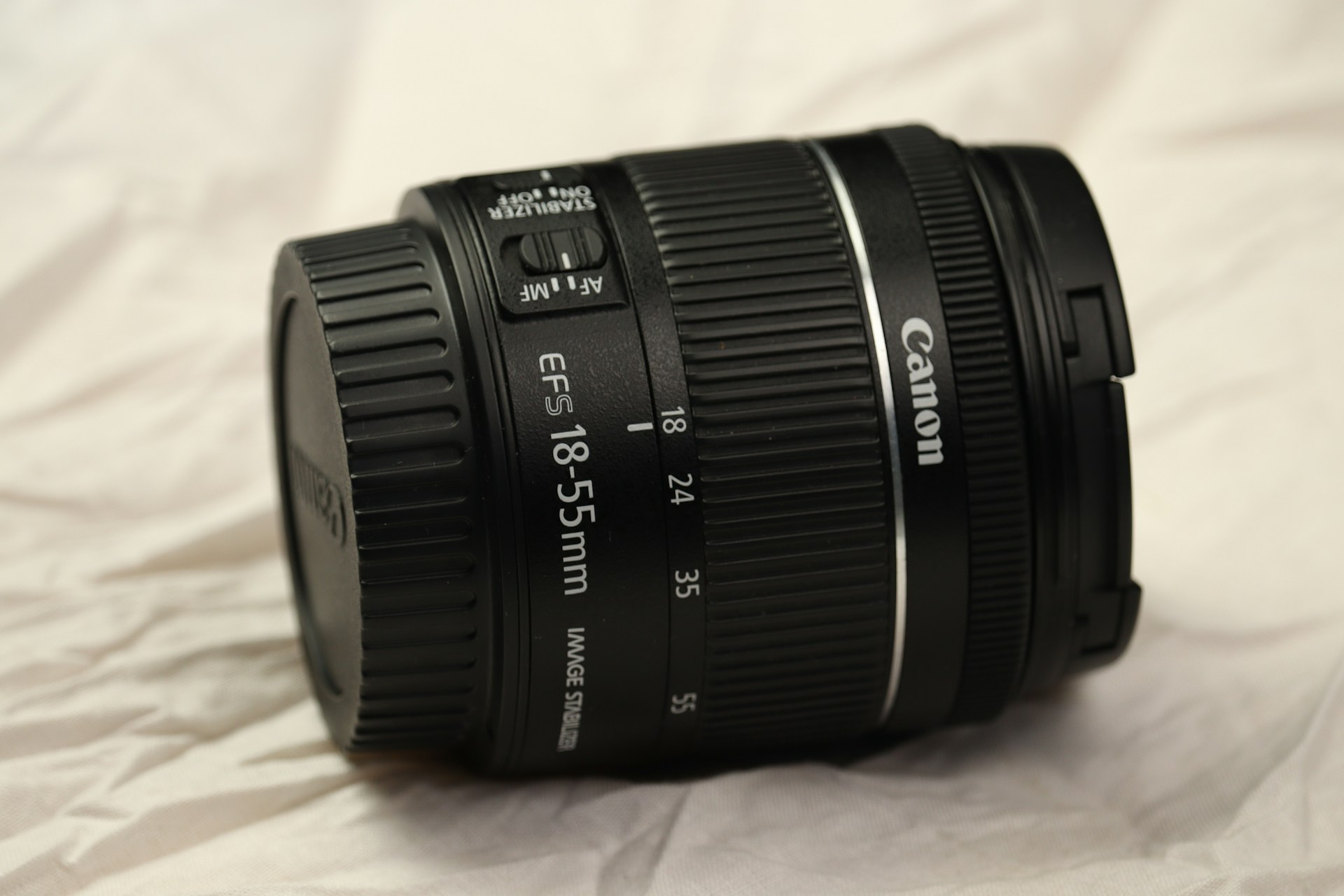
Photo by Anyzoy studio on Unsplash (license)
Kit lenses aren’t built with the fastest autofocus motors. While modern versions like Canon’s EF-S 18–55mm IS STM (shown above) and Nikon’s AF-P DX 18–55mm are much improved over older generations, they can still struggle with fast-moving subjects. Sports, wildlife, or kids running around can sometimes leave the autofocus hunting instead of locking on.
Another consideration is build quality. To keep costs down, many kit lenses use plastic mounts and lighter materials. While this makes them less durable than professional glass, it doesn’t mean they’re fragile. I’ve used the Canon EF-S 18–55mm for years of travel and everyday shooting, and it held up well with basic care.
The workaround here is to anticipate action. Pre-focusing on an area where you know movement will happen, using continuous autofocus (AI Servo/AF-C mode), and shooting in bursts can help capture moments even with slower focusing lenses. For casual shooting, the autofocus is usually adequate, and it’s only when you push into demanding genres that its limitations become apparent.
Limitation: Limited Creative Range
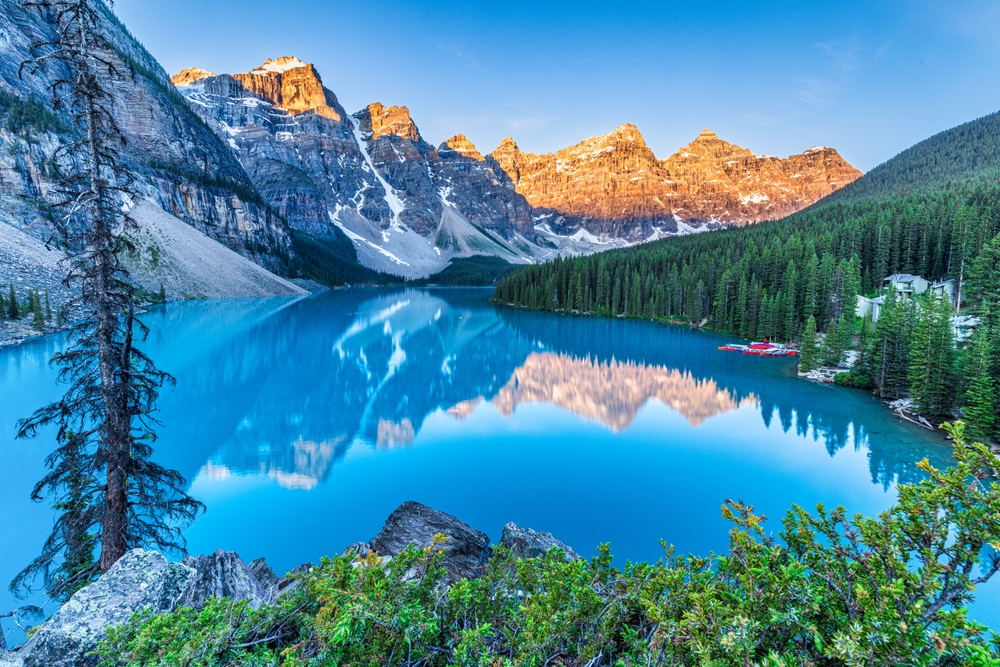
Photo by Weidman Photography via Shutterstock
A kit lens provides a useful zoom range, but it lacks extremes. You won’t get the sweeping drama of an ultra-wide 10–18mm lens, nor the reach of a 70–300mm telephoto (however, a tighter frame, like that shown above, can still be breathtaking!). Macro photography is also limited since most kit lenses don’t offer close focusing capabilities beyond about 0.25–0.3m.
That doesn’t mean you can’t get creative. For wide-angle effects, try stitching panoramas together in post to mimic a wider field of view. For close-ups, a budget extension tube can transform your kit lens into a makeshift macro lens. Cropping is another underrated tool—modern cameras with 20–24 megapixels give you plenty of room to crop without sacrificing print quality.
Embracing the limitations of your kit lens can actually make you a stronger photographer. I’ve found that when I was “stuck” with my 18–55mm, I started paying closer attention to framing, leading lines, and light. Limitations push creativity, and that’s a valuable lesson for any beginner.
Pricing and Value: Are Kit Lenses Worth It?
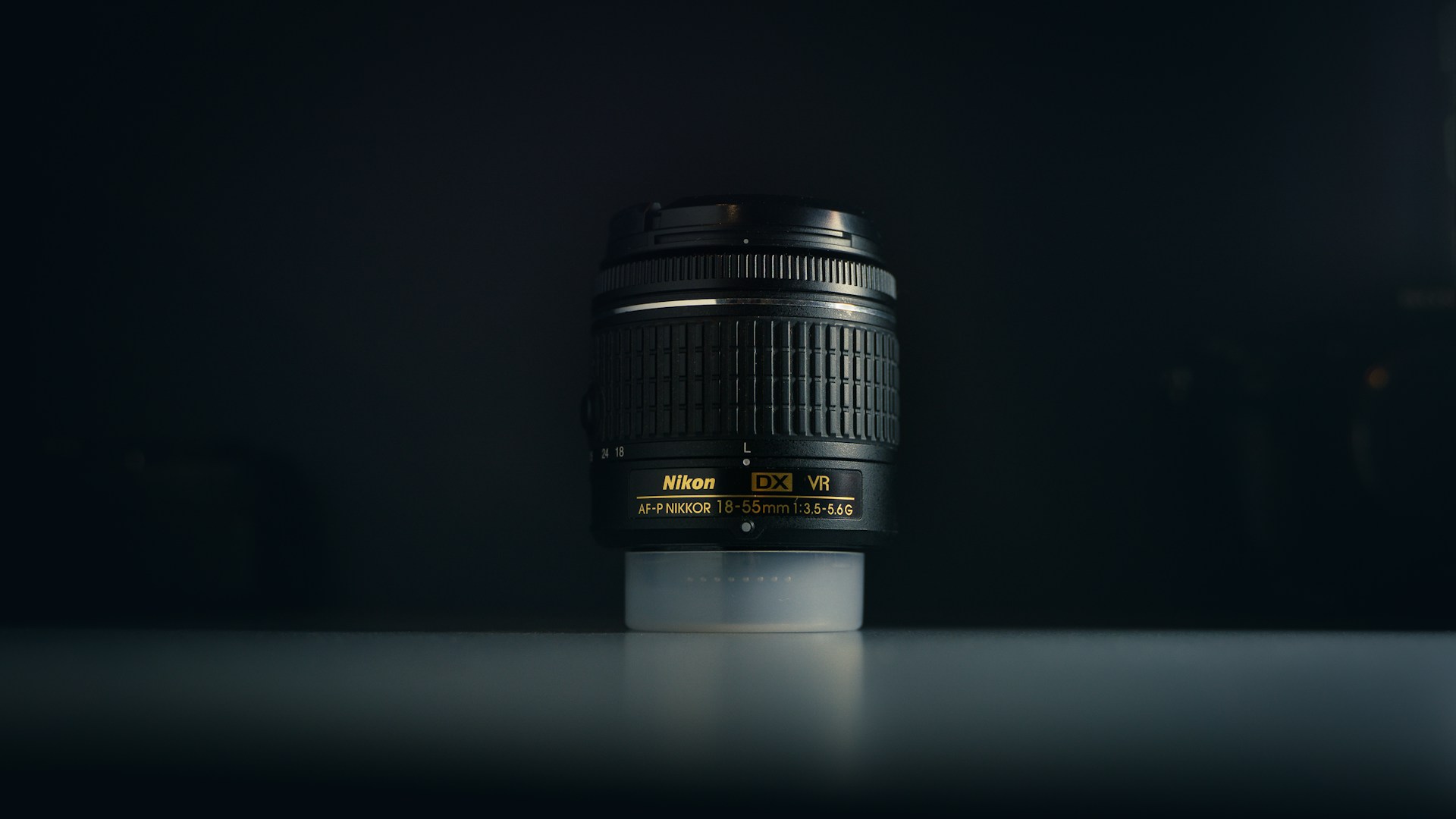
Photo by GKVP on Unsplash (license)
Given their shortcomings, you might wonder if a kit lens is worth keeping. The answer is yes—for beginners, they’re an incredible value. Bundled with a new camera, the cost is often just a fraction of what the lens would be sold for individually. They allow you to learn photography fundamentals without spending hundreds on specialty lenses you may not need yet.
On the used market, kit lenses are even more affordable. Because many photographers sell them once they upgrade, there’s a large supply available at excellent prices. This makes them a great option if you accidentally damage yours or simply want a backup lens. For example, I picked up a used Canon EF-S 18–55mm IS II for under $70, and it worked like new.

If you’re looking for a trustworthy place to buy used kit lenses, I recommend checking out MPB. They specialize in used photography gear, thoroughly inspect every item, and provide accurate grading with warranties. It’s an ideal way to save money while ensuring you’re not taking a gamble on quality. Beginners especially benefit from this, as it lowers the cost of experimenting with gear.
When (and Why) to Upgrade from a Kit Lens
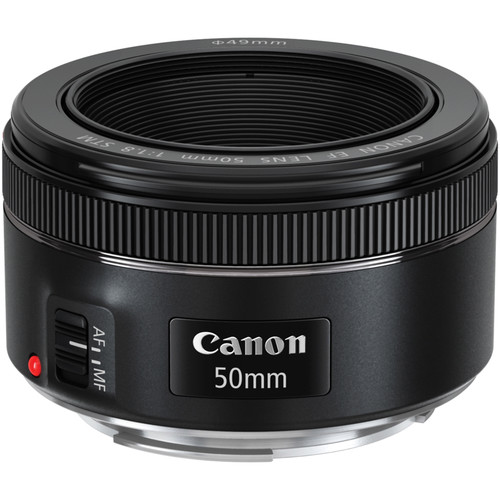
Eventually, you may feel the kit lens is holding you back. If you’re constantly struggling with low light, craving more background blur, or wishing for greater reach, it might be time to consider an upgrade. The good news is, you don’t need to jump straight to expensive professional glass.
A natural first upgrade for many is the “nifty fifty”—a 50mm f/1.8 lens. Whether it’s the Canon EF 50mm f/1.8 STM (shown above), Nikon 50mm f/1.8G, or Sony FE 50mm f/1.8, these lenses are inexpensive and offer a huge improvement in low light and depth of field control. They’re excellent for portraits and general use.
If you’re interested in wildlife or sports, a budget telephoto like the Canon EF-S 55–250mm IS STM or Nikon 70–300mm f/4.5–6.3G ED VR is a great choice. Landscape photographers might look at wide-angles like the Canon EF-S 10–18mm f/4.5–5.6 or Nikon AF-P DX 10–20mm f/4.5–5.6. The point is, upgrade when your creative needs demand it, not just because you feel pressured to own better gear.
Making the Most of What You Have
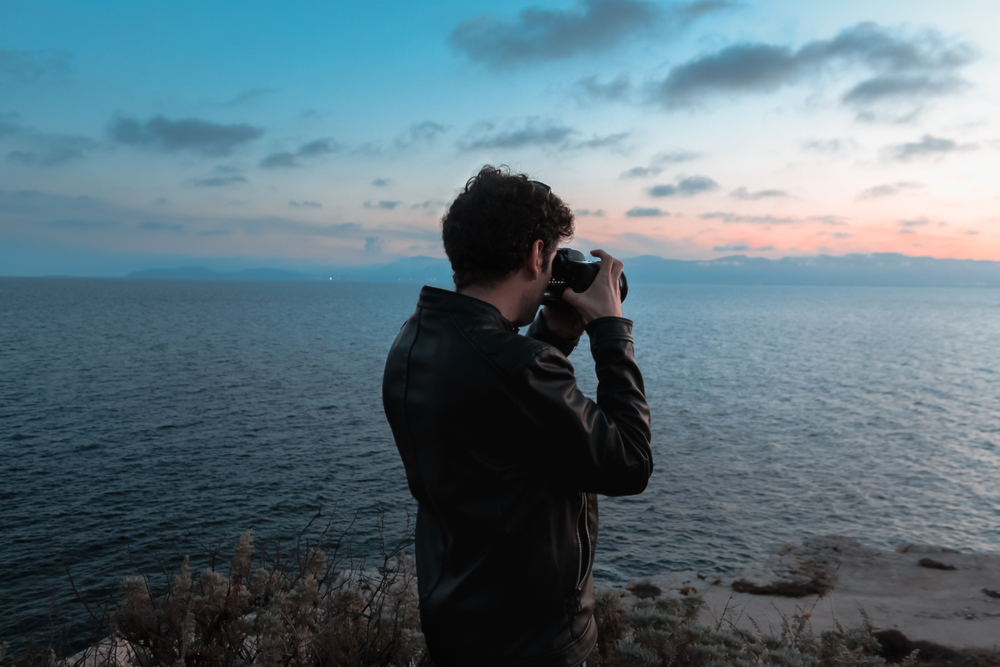
Photo by Marco Di Stefano via Shutterstock
At the end of the day, a kit lens is more than just an entry-level tool—it’s a learning companion. Its limitations can feel restrictive, but they also push you to understand light, composition, and technique in ways that expensive gear sometimes masks. Many of my favorite early images were taken on simple kit lenses, not because the optics were perfect, but because I was learning to see the world creatively.
Instead of focusing on what your kit lens can’t do, challenge yourself to see how far you can push it. Mastering workarounds builds confidence and skill, and when you do decide to upgrade, you’ll appreciate the advantages of new gear even more. Remember, it’s not the lens that makes the photograph—it’s the person behind the camera.
FAQ
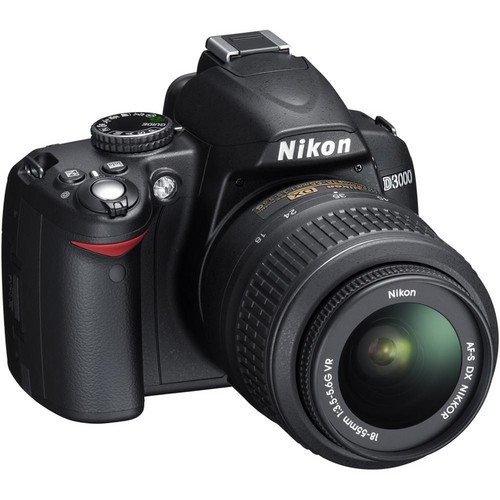
Can I shoot professional photos with a kit lens?
Yes, a kit lens can produce professional-quality photos if you understand its limitations and work within them. Many photographers have shot weddings, portraits, and travel images with kit lenses. The key is strong technique, composition, and post-processing.
Is a kit lens good for portraits?
It can be, especially at the longer end of the zoom range (e.g., 55mm on an 18–55mm). While you won’t get the same background blur as a prime lens, careful positioning and lighting can still deliver pleasing portrait results.
Should I replace my kit lens right away?
No, it’s best to learn with your kit lens before upgrading. Once you know what type of photography you enjoy—portraits, landscapes, wildlife—you can choose lenses that fit those needs more effectively.
What is the best first upgrade after a kit lens?
A 50mm f/1.8 prime lens is often the best first upgrade. It’s affordable, sharp, and offers much better low light performance and subject separation compared to a kit lens.
Where should I buy a used kit lens?
Platforms like MPB are excellent choices. They provide accurate grading, warranties, and peace of mind when buying used photography gear.
Heads up: Clicking on our affiliate links and exploring our sponsored content helps us at no extra cost to you, and we only recommend gear we’re absolutely crazy about!
Learn More:
Hero Photo by Shantanu Pacharkar on Unsplash (license)

